Winter Warriors: The Art of Cold-Weather Cycling
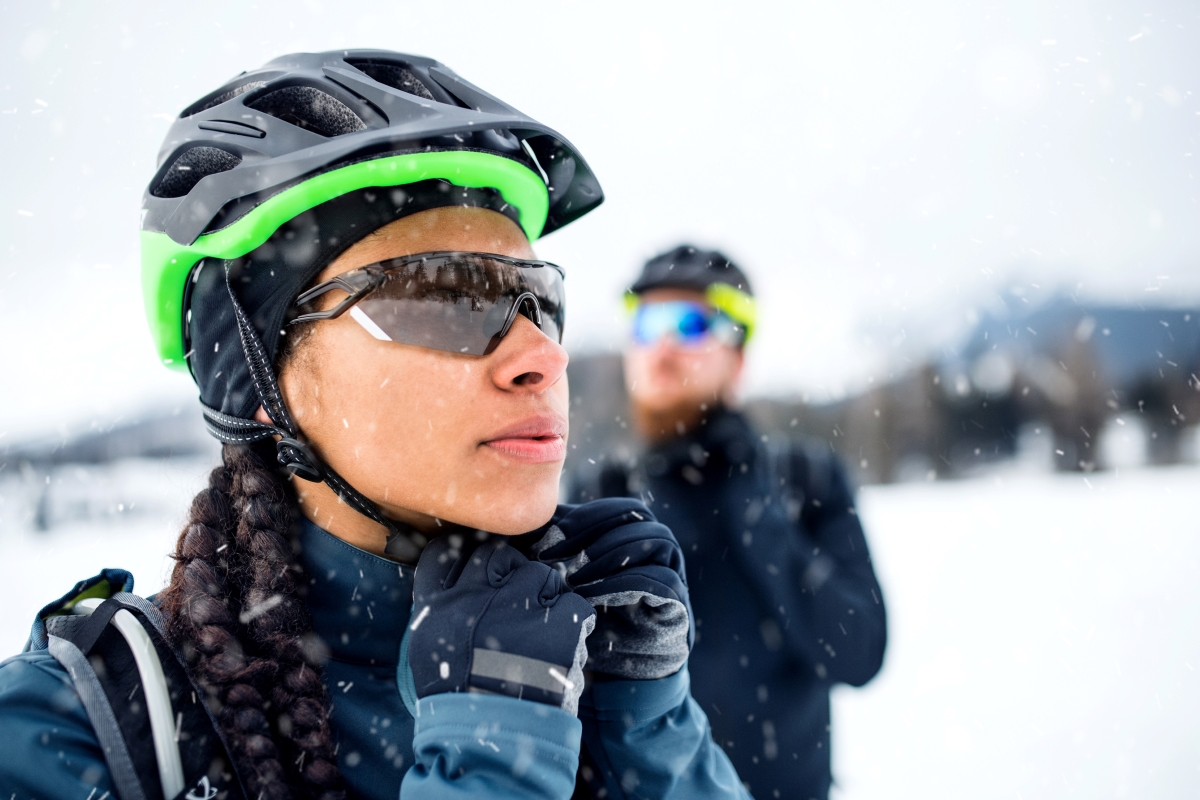
Here’s what separates cyclists from people who own bikes: winter. When the temperature drops below 40°F, bike paths empty like a fire alarm went off. Suddenly, that army of weekend warriors vanishes, leaving only the true believers – the winter warriors who understand that cycling isn’t a fair-weather hobby, but a year-round calling.
I used to be a quitter. First frost? Bike goes in the garage until spring. But three winters ago, something clicked. I realized I was surrendering four months of my life to weather that, with the right approach, becomes just another riding condition.
The transformation was profound. Not just physically – though arriving at spring rides already in peak condition while others wheezed through their first miles back was satisfying. The mental shift was bigger. Cold-weather cycling doesn’t just maintain fitness; it builds an unshakeable confidence that weather becomes irrelevant to your plans.
Cold-weather riding isn’t about suffering through winter – it’s about discovering that winter has its own stark beauty, its own rewards, its own profound satisfaction that summer riders will never understand.
The Weather Prophet’s Sacred Ritual
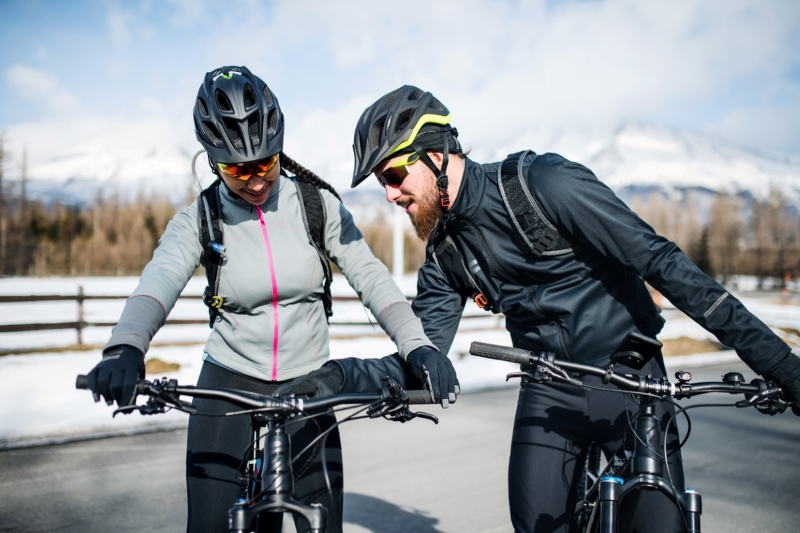
Here’s what I learned the hard way: weather apps lie. Not intentionally, but they can’t tell you about that brutal headwind that’ll knife through your jacket or the microclimate that drops ten degrees once you hit the valley floor.
But checking still matters. It’s not about perfect predictions – it’s about mental preparation. When I know it’s going to be 28°F with 15mph winds, my brain starts building armor against the discomfort before I even clip in. Surprise suffering hits different than expected suffering. One breaks you down; the other builds you up.
The real magic happens when you start planning routes around wind patterns. Nothing – and I mean nothing – beats finishing a brutal winter ride with a tailwind pushing you home like nature’s own victory lap. Study those weather maps, learn your local patterns, and turn the elements from enemy to ally.
The Armor of Champions: Mastering the Layer Game
Forget everything you think you know about staying warm. Winter cycling isn’t about wearing more – it’s about wearing smart.
I used to be that guy: cotton hoodie under a heavy jacket, sweating buckets within five minutes, then freezing when the sweat turned cold. One particularly miserable ride taught me the brutal truth: cotton kills comfort, and overdressing murders performance.
Here’s the system that changed everything:
Base layer is your foundation – and merino wool is your best friend. It’s expensive, yes, but it’s magic. Wicks moisture, fights odor, regulates temperature, and feels like a warm hug against your skin. I’ve worn the same merino base layer for three straight days of winter touring and emerged smelling like a civilized human. Synthetic works too, but nothing touches merino’s supernatural properties.
Middle layer is your engine – a proper cycling jersey becomes your temperature control center. In truly bitter conditions (we’re talking below freezing), invest in a fleece-lined, windproof long-sleeve jersey. This single piece of kit will transform your winter riding. It breathes when you’re working hard, insulates when you’re coasting, and blocks wind when you need protection most.
Outer layer is your shield – even if the forecast shows clear skies, pack that waterproof jacket. Weather changes, sweat happens, and hypothermia doesn’t send warning shots. High-vis is non-negotiable in winter’s gray gloom. Visibility isn’t vanity – it’s survival.
The Extremities: Where Comfort Lives or Dies
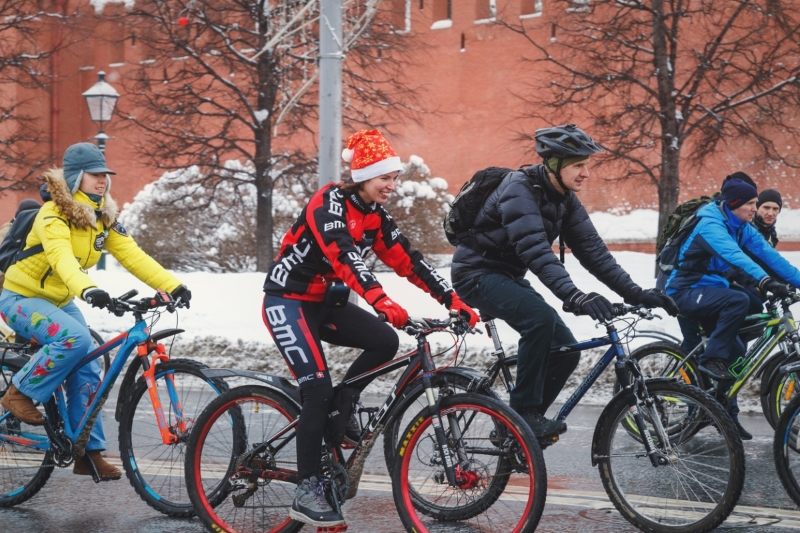
Your core can be toasty warm, but frozen fingers or numb toes will end your ride faster than a flat tire. I learned this during a January ride when my hands got so cold I couldn’t shift gears – had to ride the last ten miles in one gear like some masochistic fixie rider.
Hands are everything. You need dexterity to brake, shift, and signal. Winter cycling gloves aren’t just gloves – they’re precision instruments. Full-finger coverage, wind resistance, but thin enough to feel your controls. Some days call for liner gloves under heavier mittens. Your hands literally control your safety – protect them accordingly.
Feet take a beating. Cold feet aren’t just uncomfortable – they’re dangerous. Blood flow drops, reaction time suffers, and crashes happen. Wool socks are non-negotiable. Overshoes when it’s wet. And here’s a pro tip: slightly loose shoes allow better circulation than tight ones.
Don’t forget your neck. A good neck warmer is like body armor against wind chill. Get one that’s long enough to cover your ears when needed but breathable enough not to trap moisture from your breath. I’ve seen grown cyclists turned into shivering children by a 20mph headwind hitting exposed neck skin.
Legs need love too. Moving doesn’t equal warm. Below freezing, your cycling shorts become a cruel joke. Leg warmers are brilliant – easy on, easy off when you overheat. Full thermal tights for the serious cold. Your legs are your power plant – keep the engine warm.
Your Bike Doesn’t Feel Cold, But Physics Still Applies
Fortunately, your bike won’t complain about the temperature, but cold weather changes how everything works. Ignore these changes at your peril.
Tire pressure becomes critical. Cold air contracts, dropping your PSI. But here’s the counterintuitive part: slightly lower pressure actually helps in cold conditions. That extra contact patch gives you better traction when roads are sketchy. Drop your usual pressure by 10-15 PSI when conditions turn treacherous.
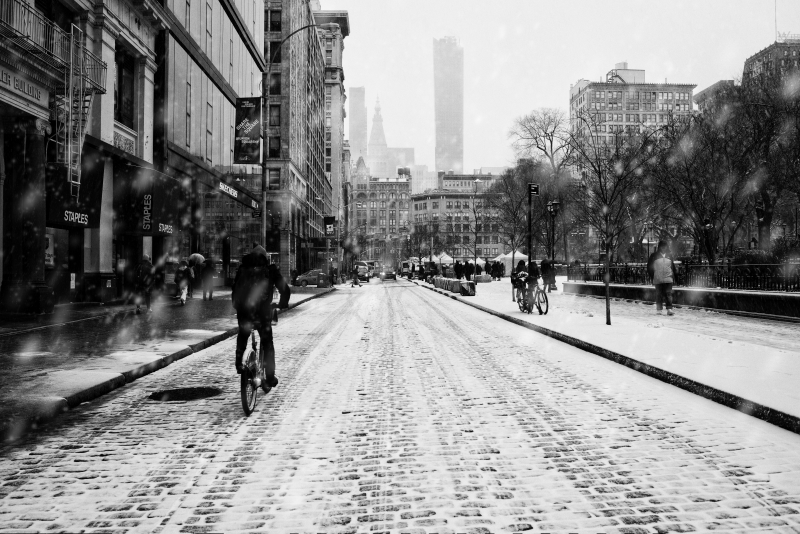
Winter tires aren’t just for cars. When snow and ice appear, your summer racing tires become death traps. Wider tires with aggressive tread distribute weight and bite into slush. For truly brutal conditions, studded tires exist – metal spikes that claw into ice. Most of us won’t need them, but knowing they exist provides psychological comfort.
Brakes behave differently when cold. Rim brakes especially lose effectiveness in winter conditions. Test them gently at the start of every ride, warming the pads through light application. Cold rubber doesn’t grip like warm rubber – plan accordingly. Disc brakes perform better in cold and wet, but even they need a warm-up period.
Route Planning: Strategy Meets Survival
Winter changes everything about route selection. That summer shortcut through the shaded valley? Now it’s an ice trap. That exposed ridge with epic views? Now it’s a wind tunnel of suffering.
Tell someone where you’re going. This isn’t paranoia – it’s insurance. Cold weather turns minor problems into major emergencies. A summer puncture is an inconvenience; a winter puncture with numb fingers becomes a survival situation. Someone needs to know your intended route and return time.
Carry money and cards. Digital payments fail; phones die in cold. Physical currency works when technology doesn’t. That warm cafe becomes more than comfort – it becomes rescue when hypothermia threatens.
Pack for self-sufficiency. Winter puncture repair with frozen fingers teaches humility quickly. Practice changing tubes in your garage on cold days. Carry pumps that work with gloves on. Your summer repair routine won’t survive contact with winter reality.
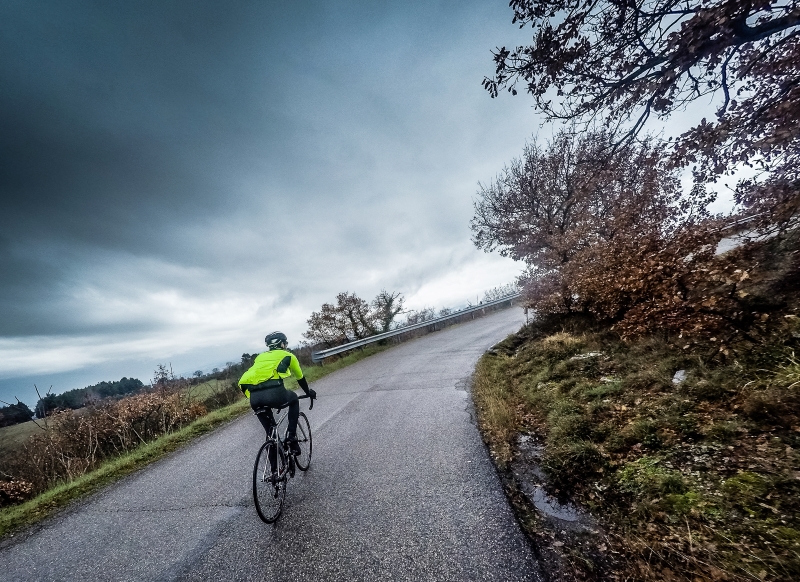
The Transformation Awaits
Here’s what nobody tells you about winter cycling: it’s addictive. Not because it’s comfortable – it rarely is. But because it transforms you into someone who doesn’t let weather dictate life decisions.
That first ride back home, with warm lights glowing in windows and the satisfaction of having conquered another day winter tried to steal from you – that feeling is pure gold. You’ll walk into your house different than when you left. Stronger. More resilient. Part of an elite group that knows winter’s secrets.
Your body will adapt faster than you think. What feels impossible in November becomes routine by January. Your circulation improves, your gear knowledge deepens, and your mental toughness builds layers like sedimentary rock.
The gear investment pays dividends year-round. That merino base layer works for cool summer mornings. Those winter gloves become perfect for autumn rides. The skills you develop – route reading, weather awareness, self-sufficiency – make you a better cyclist in every season.
Stop making excuses. Stop waiting for perfect conditions. Winter is calling, and it’s offering something summer never can: the chance to discover what you’re really made of. The weather isn’t your enemy – it’s your training partner. And it’s been waiting patiently for you to show up.